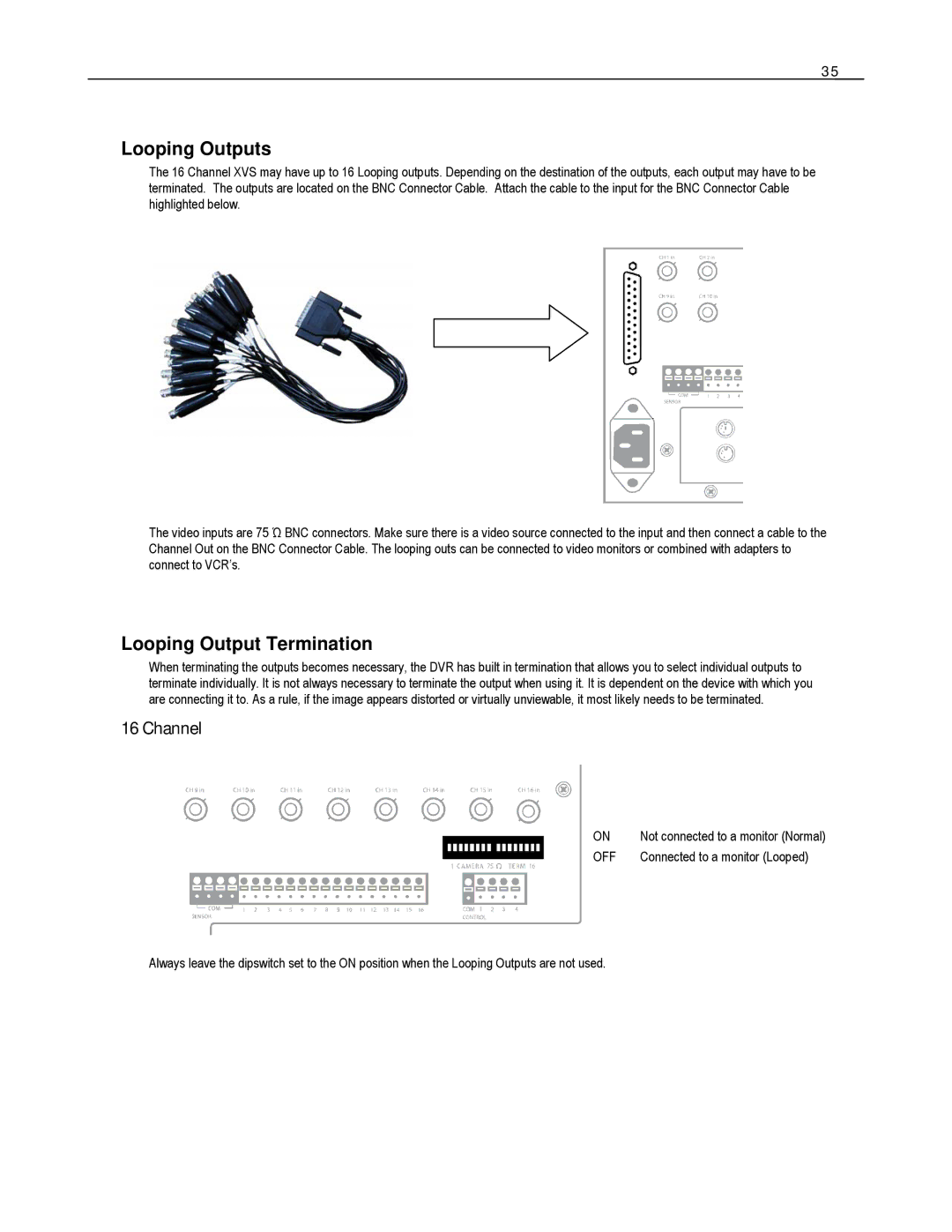DVS Series, HVS Series, XVS Series specifications
The Toshiba XVS, HVS, and DVS series represent a significant leap in lasing technologies, offering a range of solutions for high-performance printing applications in industrial and commercial settings. Each series comes with its unique set of features and technologies, catering to varying print needs and operational demands.The Toshiba XVS series is recognized for its ultra-high-speed printing capabilities, achieving impressive throughput rates. This series incorporates advanced inkjet technology, allowing for precision printing on a variety of substrates, including porous and non-porous materials. One of its main features is the use of Toshiba's proprietary organic inks, which enhance color vibrancy and adherence while minimizing environmental impact. The XVS series also includes smart nozzle technology, reducing maintenance downtime and ensuring consistent print quality. This series is well-suited for applications in packaging, labeling, and textiles, making it a versatile choice for many industries.
Moving on to the HVS series, Toshiba has designed this line for high-volume production environments. It emphasizes durability and reliability, featuring robust hardware that can withstand the rigors of prolonged use. Key innovations within the HVS series include a flexible printhead design that allows for easy adjustments and replacements, ensuring minimal disruption during operation. Additionally, the HVS series supports a wide range of ink types, expanding its usability across multiple sectors. A standout characteristic is its user-friendly interface and software integration, which simplifies the workflow and increases productivity for operators.
Lastly, the DVS series is tailored for smaller businesses and applications that require moderate printing needs. It combines affordability with quality, offering a compact design that doesn’t compromise on performance. The DVS series features energy-efficient technology, which helps in reducing operating costs and minimizing environmental impact. Moreover, it includes intuitive features such as on-device diagnostics, ensuring that any issues are quickly identified and addressed. Its capabilities are ideal for companies looking to enhance their branding through high-quality printed materials without investing heavily in high-end systems.
In summary, Toshiba's XVS, HVS, and DVS series cater to diverse printing needs across various industries. Whether it’s the ultra-speed of the XVS, the robustness of the HVS, or the affordable quality of the DVS, Toshiba continues to innovate, ensuring that businesses can meet their printing requirements efficiently and sustainably. Each series’ unique features and technologies make them exceptional choices for advancing printing practices in the modern industrial landscape.

